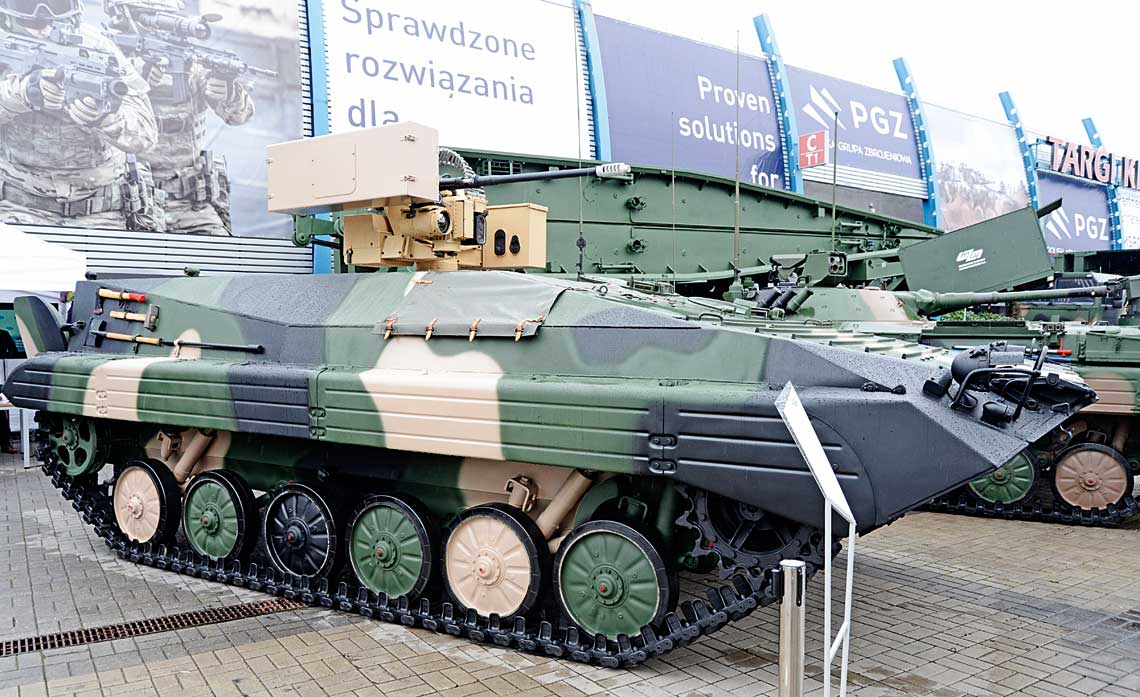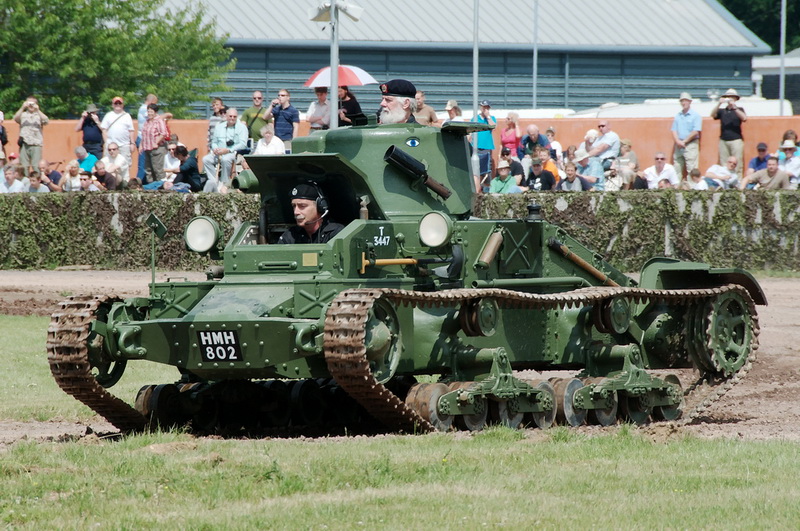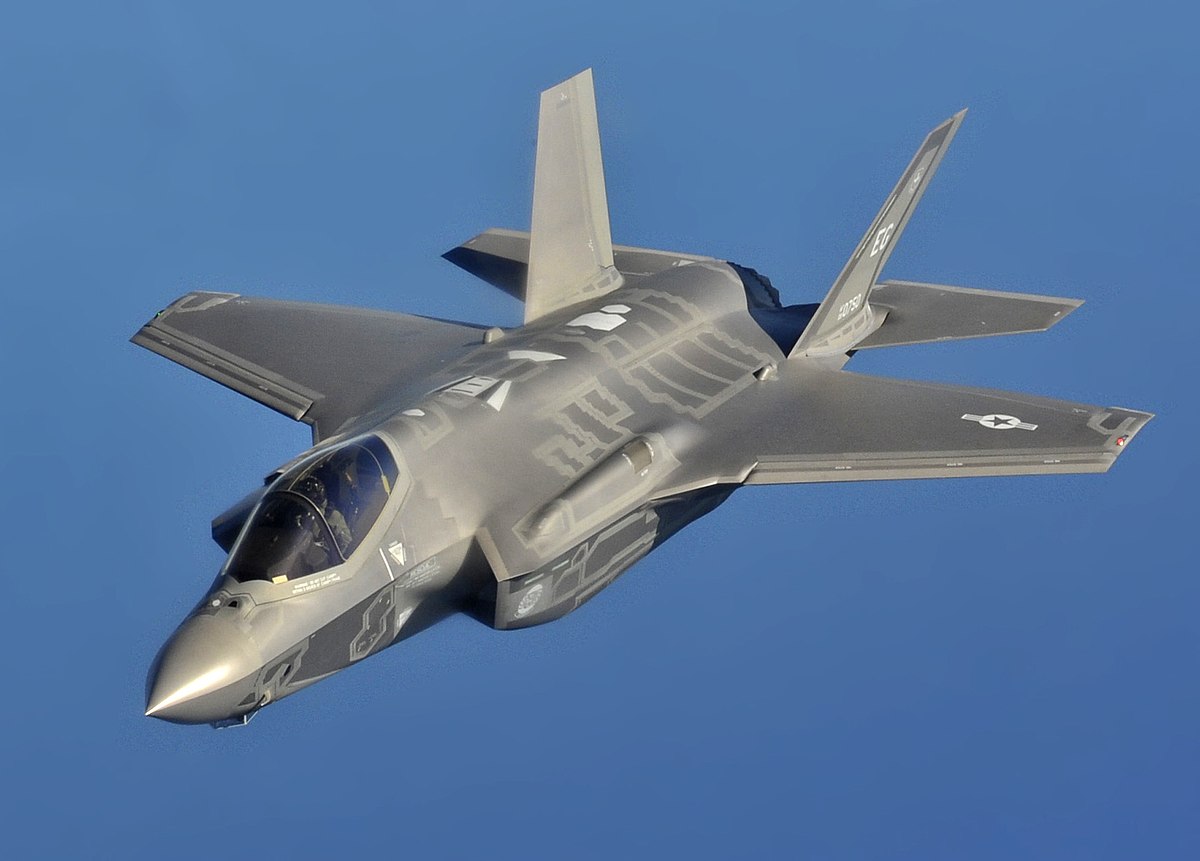
Poznań's proposal to modernize BVP-1

During this year's MSPO 2019, Poznań Wojskowe Zakłady Motoryzacyjne SA presented a proposal for a comprehensive modernization of the BWP-1, perhaps the most interesting among the proposals proposed by the Polish defense industry over the past quarter century.
The Polish army still has over 1250 BWP-1 infantry fighting vehicles. These are machines of the late 60s model, which are actually devoid of combat value today. Armored and mechanized troops, despite the efforts made a quarter of a century ago, are still waiting for their successor ... So the question arises - is it worth modernizing old vehicles today? Wojskowe Zakłady Motoryzacyjne SA from Poznań have prepared their answer.
The infantry fighting vehicle BMP-1 (Object 765) entered service with the Soviet Army back in 1966. Many consider it, not quite rightly, the prototype of a new class of combat vehicles, referred to in the West as infantry armored personnel carriers. Vehicle (BMP), and in Poland a simple development of the translation of its abbreviation - infantry fighting vehicles. At that time, he really could make an impression - he was very mobile (speed on an asphalt road up to 65 km / h, in the field theoretically up to 50 km / h, cruising range up to 500 km on an asphalt road), including the ability to swim, light (combat weight 13,5 tons), it protected the troops and crew from small arms fire and shrapnel, and - in theory - was very heavily armed: a 73-mm medium-pressure gun 2A28 Grom, paired with a 7,62-mm PKT, plus an anti-tank installation 9M14M single guidance Malyutka. This set made it possible to fight even with tanks under favorable conditions. In practice, armor and armor quickly turned out to be too weak, and due to the cramped interior, driving at high speeds, especially off-road, greatly exhausted the soldiers. So, a dozen years later, in the USSR, its successor, the BMP-2, was adopted. At the turn of the 80s and 90s, they also appeared in the Polish Army, in an amount that made it possible to equip two battalions (by the number of jobs at that time), but after a decade of operation, supposedly atypical vehicles were sold abroad. It was then that the adversity that continues to this day began, connected - alternately - with the search for a modern successor to the BVP-1 or with the modernization of existing machines.
BVP-1 - we are not modernizing, because in a minute ...
During the first two decades after the collapse of the Warsaw Pact, several different proposals were prepared in Poland to modernize the BVP-1. The Puma program, which lasted from 1998 to 2009, had the greatest chances for implementation. It was assumed that 668 vehicles (12 divisions, December 2007) would be brought to the new standard, then this number was reduced to 468 (eight divisions and reconnaissance units ., 2008), then to 216 (four battalions, October 2008) and finally to 192 (July 2009). Back in 2009, prior to testing demonstrators with various types of uninhabited towers, it was assumed that the upgraded BVP-1 would be in operation until 2040. The tests were unclear, but the planned costs were high and the possible effect was poor. Therefore, the program was completed at the prototype stage, and in November 2009, the provision for upgrading the BVP-1 to the Puma-1 standard with a new remote-controlled tower system was excluded from the list of operational programs included in the Terms of Reference. Plan for the modernization of the Polish armed forces for 2009-2018 In addition to the analysis of the tests carried out and the increase in combat capabilities associated with this, the reason for the abandonment of Puma-1 was the imminent appearance in the Polish Army of a successor to the byups ...
Indeed, an attempt was made in parallel to find such a vehicle. For various reasons, including financial and organizational, this turned out to be impossible, despite the submission of numerous domestic projects (including BWP-2000, IFW based on UMPG or the Chariot program) and foreign proposals (for example, CV90).
It seems that only the Borsuk program of the NBPRP, implemented since October 24, 2014 by the Polish defense industry, can end in success. However, in 2009, the BVP-1 was not modernized, and now, in 2019, they have not magically become more modern and less worn out, and we will have to wait at least three more years for the first Badgers to enter service. services. It will also take a long time to replace the BWP-1 in more divisions. At present, the Ground Forces have 23 motorized battalions, each with 58 combat vehicles. In eight of them, BWP-1s have been or will be replaced in the near future by Rosomak wheeled combat vehicles, which means that, theoretically, to completely replace the BWP-870, 1 Borsuków should be produced only in the BMP variant - and the 19th mechanized brigade should be formed. if she won't get Wolverine either. It can be cautiously assumed that the BWP-1 will remain with Polish soldiers after 2030. In order for these machines to offer users real opportunities on the modern battlefield, Poznań Wojskowe Zakłady Motoryzacyjne SA, owned by PGZ Capital Group, has prepared an offer for the next modernization in its history. the old “bewup”.
Poznań proposal
The company from Poznan, as is usually the case with such projects, offered a wide modernization package. Changes should cover all key areas. The main thing is to increase the level of protection and firepower. Additional armor, while retaining the ability to float, should provide STANAG 3A level 4569 ballistic resistance, although level 4 is the goal. Mine resistance should correspond to STANAG 1B level 4569 (protection against small explosives) - more cannot be obtained without serious intervention into the structure and loss of the ability to swim. Vehicle safety can be improved by installing an SSP-1 "Obra-3" laser radiation detection system or similar, as well as by using a modern fire protection system. The increase in firepower should be provided through the use of a new uninhabited tower. Its choice is not easy due to significant weight restrictions, therefore, during the 30th INPO, the Kongsberg Protector RWS LW-600 remote-controlled vehicle weighing only about 30 kg was presented. It is armed with a 230mm Northrop Grumman (ATK) M64LF propulsion cannon (a variant of the AH-30 Apache attack helicopter cannon) firing 113×7,62mm ammunition and an 805mm machine gun. The main armament has been stabilized. Optionally, the launcher of Raytheon / Lockheed Martin Javelin anti-tank guided missiles (and was presented in this configuration), as well as Rafael Spike-LR, MBDA MMP or, for example, the domestic Pirata, can be integrated with the station. An unusual ammunition with an initial speed of 1080 m / s (against 30 m / s for the same ammunition 173 × 2 mm HEI-T) can become a definite problem. Nevertheless, if we assume optimistically, against the Russian BMP-3 / -300 (at least in basic modifications) at distances typical for the Central European theater of operations, it is quite effective, and the possibility of using anti-tank systems should not be forgotten. Alternatively, other light uninhabited turrets can be used, such as the Midgard 30 from the Slovenian Valhalla Turrets, armed with the British 30mm Venom LR cannon from AEI Systems, also chambered for 113xXNUMXmm ammunition.
One of the main problems of the vehicle was also improved - the tightness and ergonomics of the troop compartment. The roof of the car is raised (which is somewhat reminiscent of Ukrainian solutions), thanks to which a lot of additional space has been obtained. Ultimately, the fuel tank is moved towards the engine compartment (in front of the troop compartment on the starboard side), the rest of the instruments in the middle part of the troop compartment are similarly moved (and replaced with new ones). . Together with the removal of the old turret basket, this will create additional space for equipment and weapons. The crew consists of two to three people plus six paratroopers. There will be more changes - the driver will receive a new instrument panel, all soldiers will receive modern suspension seats, racks and holders for weapons and equipment will also appear. Enhanced situational awareness will be provided by state-of-the-art surveillance and guidance turrets, as well as an omnidirectional surveillance system (eg SOD-1 Atena) or modern internal and external communication systems, as well as IT support (eg BMS). The increase in the mass of the car would be compensated by: strengthening the chassis, using new tracks, or, finally, replacing the old UTD-20 engine with a more powerful (240 kW / 326 hp) MTU 6R 106 TD21 engine, known for example. from Jelch 442.32 4×4. It will be integrated into the powertrain with the current gearbox.
Modernization or resuscitation?
You may ask yourself - does it make sense to implement so many modern solutions (even a limited number of them, without, for example, SOD or BMS) in such an outdated car? Not at first glance, but in the medium and long term, modern equipment, such as an uninhabited tower, can be transferred to other machines. Following this example, the RWS LW-30 stand was presented on the JLTV armored car or AMPV tracked carrier. Therefore, in the future, it could be found on Pegasus (if they ever get bought ...) or on auxiliary variants of Borsuk, instead of positions with 12,7 mm WEIGHT. Similarly, elements of radio-electronic equipment (radio stations) or surveillance and target designation systems can be interpreted. This practice is used in many richer countries than Poland.
WZM SA certainly has a very interesting concept of what to do with machines based on the BWP-1. The factories in Poznań are already upgrading the BWR-1S (see WiT 10/2017) and BWR-1D (see WiT 9/2018) reconnaissance combat vehicles, and they have accumulated a lot of experience with these vehicles, performing their maintenance and repair. repair, as well as their modernization to the standard "Puma" and "Puma-1". In the future, specialized vehicles can be created on the basis of the modernized BVP-1, an example is the proposal in the Ottokar Brzoza program, where the modernized BVP-1, partially unified with the modernization proposal described above (for example, the same power plant, teleinformation network, adapted to BMS installations, etc.) will become the base for the tank destroyer. There are more options - on the basis of the BVP-1, you can build an ambulance evacuation vehicle, an artillery reconnaissance vehicle (including one that interacts with a tank destroyer), an unmanned aerial vehicle carrier (with the BSP DC01 “Fly” from Droni, the vehicle was presented at the Polish Success Forum business in Poznań) or even an unmanned combat vehicle, cooperating in the future with Borsuk, as well as RCV with OMFV. First of all, however, modernization, even in relatively small numbers (for example, 250-300 pieces), would allow the Polish motorized infantry to survive the period between the adoption of the Borsuk and the withdrawal of the last BMP-1, while maintaining real combat value. Of course, instead of upgrading, you can choose to upgrade, as in the case of the T-1, but then the user agrees to continue using the equipment, most of whose parameters do not differ from the machines of the Cold War. .

